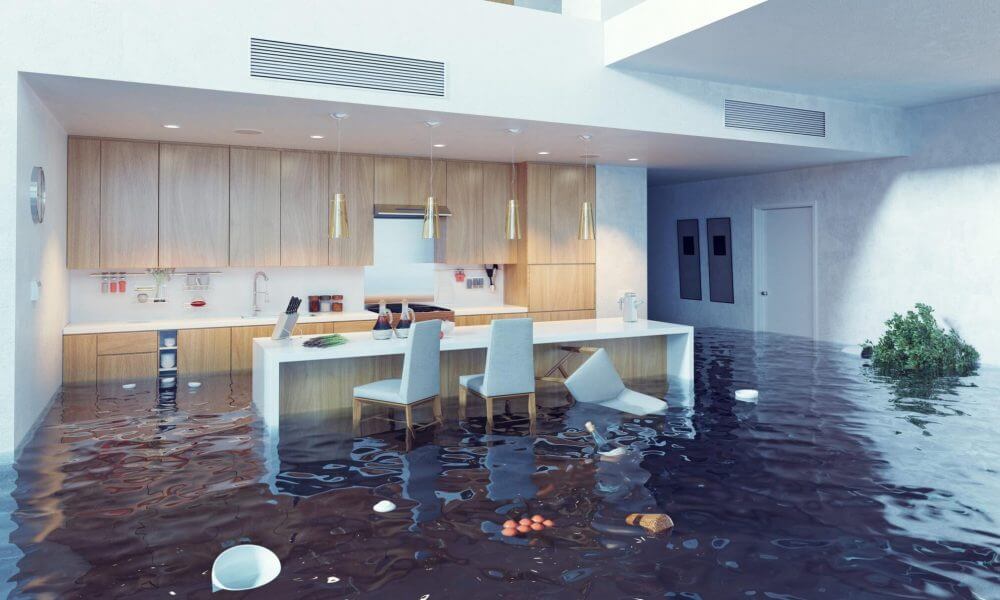Water in your home – whether it’s from a flood, a leak, burst pipes, or another source – can lead to extensive damage and expensive repairs if it’s not dealt with promptly. If you have water damage in your home, you’ll want to act quickly to fix the problem. The following water damage repair tips will help you get the situation under control and prevent more complicated problems in the future.
1. You need to act fast. If you have water damage in your home, you need to act quickly to solve the problem. Some cleaning services offer 24-hour emergency services to help you cope with water damage. Calling these experts as soon as you notice a problem will make it easier to minimize any water damage. To prevent mold growth, the U.S. Environmental Protection Agency (EPA) recommends drying out damp or wet areas within 24 to 48 hours. Depending on the cause of the damage, you may also want to contact your homeowners insurance company to see about getting the claim process started.
2. Be cautious. If you’ve just become aware of a problem with water in your home, there are a few steps you should take. First, if there’s a lot of water (such as from flooding), you should turn off your electricity to avoid electrocution. Also, don’t use your regular household appliances (such as a vacuum cleaner) to remove water. If the water is contaminated (such as from a sewage line), you and your family should leave the home so that you don’t get sick. Finally, if the water is from a leak, try to locate the leak’s source and turn off the water to prevent further damage.
3. Know the subtler signs of water damage. If you’re dealing with a flood or a burst pipe, it’s hard to ignore. But in some cases the signs of water damage can be subtle and easy to miss. To prevent hidden water damage, regularly inspect your home for leaks in the bathroom and kitchen. Look for damp or moldy spots in these and other areas, such as around the washing machine or in window frames. Also be on the lookout for soft spots in your walls, which could be a sign of hidden damage.
4. Begin removing the water. Depending on the extent of the water problem, you have a couple of options for removal. For relatively minor situations, letting a damp space air dry may be a good, though slow, approach to water damage repair. To air dry a wet room, open all doors and windows; consider using fans to circulate air, which will speed up drying time. Dehumidifiers may also be helpful. If you have a lot of water, however, you may need to hire a professional to first extract the water from your home.
5. Dry out any valuables. If water has damaged books, photos or other valuables, you’ll want to dry those out as soon as possible. In cases of extensive damage, you may need to prioritize which items to care for first, since you’ll get better results if you take action within 24 hours of when the damage took place. Professional cleaning services can offer specific advice on salvaging valuables from your damaged home.


Recent Comments